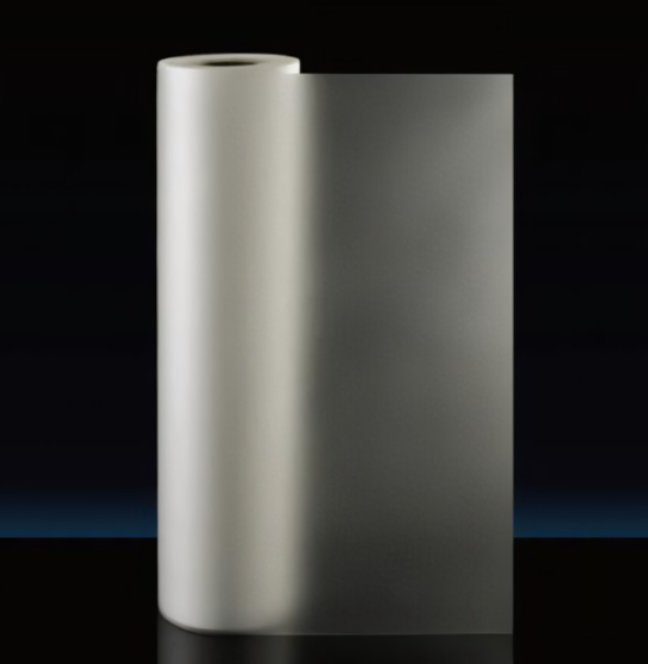October 28, 2024 – Amidst the rapid growth of the photovoltaic (PV) industry, Ethylene Vinyl Acetate (EVA) encapsulant films continue to hold a dominant position in the production of PV modules. However, the transition towards N-type cells has highlighted a short-term shortage of Polyolefin Elastomer (POE) particles, further cementing the reliance on EVA particles and films. EVA films are favored for their high light transmittance, excellent resistance to UV-induced wet heat yellowing, and strong adhesion to glass and backsheets. On the other hand, POE films stand out due to their superior resistance to Potential Induced Degradation (PID).

The industry is witnessing a shift towards thinner wafer thicknesses, with larger-sized wafers becoming the new norm. Additionally, N-type TOPCon module technology is advancing rapidly, with new production capacities gradually coming online, significantly increasing the share of TOPCon modules in new installations. Furthermore, novel module technologies such as BC modules, Heterojunction with Intrinsic Thin-Layer (HJT), and Perovskite are also witnessing continuous progress and capacity expansion, infusing new vitality into the PV sector. Companies across the supply chain are relentlessly pursuing the development of new PV technologies and cost reduction, actively expanding the application scenarios of PV power generation.
According to AsiaMB’s insights, in the realm of TOPCon modules, the novel co-extruded (EXP/EPE) encapsulant film technology is gradually maturing and being supplied in bulk. Since most novel solar cell technologies employ N-type wafers, which demand higher PID resistance, the TOPCon module segment entered a period of rapid growth in 2023, accompanied by a surge in demand for compatible encapsulant films. The encapsulant film solutions have evolved from double-sided single-layer POE to single-layer POE combined with single-layer high-PID-resistant EVA, and now to novel EPE co-extruded POE films paired with high-PID-resistant EVA films. The potential demand for these novel co-extruded (EXP/EPE) POE films is growing robustly.
Moreover, the encapsulant film industry is exhibiting trends towards differentiation and customization. To further enhance module competitiveness, downstream module manufacturers are placing greater emphasis on technological innovation, leading to a differentiated and customized approach to module production. Especially since 2023, numerous module companies have added TOPCon production capacities, demanding more refined encapsulant film solutions. This poses higher technical requirements and stronger R&D innovation capabilities on encapsulant film enterprises.
As downstream client consolidation and competition intensify, more cost-effective encapsulant film products become more attractive. Advances in cell technology are also synchronously influencing the development trajectory of encapsulant film technology. Currently, the adoption of high hydrolysis-resistant novel dual-EVA solutions for TOPCon modules is gaining practicality and momentum. Simultaneously, the development of BC cell technology, HJT, and Perovskite is driving the emergence of light-converting encapsulant films, 0BB series interconnection technology films, Perovskite encapsulation, and other novel encapsulant and packaging film products. These products are expected to become new sub-categories within module packaging materials.
From a competitive perspective, the primary factors influencing encapsulant film costs include resin procurement prices, formulations, and production efficiency. Resin procurement prices are closely related to procurement scales, with larger-scale leading enterprises typically securing higher discounts. As the industry matures, formulation differences are gradually narrowing, making management capabilities, production efficiency, and cost control key competitive differentiators for enterprises.














